Decoding rockets: The reusability factor
Explore rocket costs, types, and the push for reusability in space exploration
Rockets or Launch Vehicles play a significant role in getting something into space. They are needed to launch satellites, send humans to the moon, launch rovers to Mars and more. The thing about rockets is that they are very expensive. They could range from $10 million to $150 million. This also explains why all organisations try to cut down costs as much as possible. One such method to do this is to reuse the parts of a rocket. Let us look at the reusability factor of various rockets and their features.
There are 2 types of rockets classified based on reusability: Expendable Launch Vehicles (ELVs) and Reusable Launch Vehicles (RLVs)
ELVs
Not all rockets are reusable. Most are Expendable Launch Vehicles or ELVs. These rockets can be used only once and are discarded once their fuel is exhausted. They either fall back into the oceans, burn up in the earth’s atmosphere or are simply discarded in space. ELVs are of 2 types -
Single-stage-rockets:
These rockets consist of a single stage or section. Once they run out of fuel, they separate from the payload and are discarded. These rockets are very rare and are not used much.
Multistage rockets:
These rockets are made up of multiple stages. Each stage has its own fuel tank and engine. Once the fuel in one section is used up, that section is discarded and the next stage comes into play. Every time the rocket discards one of its stages, it loses more weight and thus the fuel needed decreases. This makes it efficient and thus preferred more.
RLVs
Reusable Launch Vehicles or RLVs can either be completely or partially reused. This means they can be refilled with fuel and used for more missions.
Partially reusable rockets -
Only a few parts of the rockets are reusable. The other parts are discarded either in space or in the oceans. The parts that are usually reusable are -
1st Stage:
This is often the main target for reuse. This is the heaviest part of the rocket and the most powerful. The main use of this stage is to initiate liftoff and boost the rocket through most of the lower atmosphere. Reusing this stage significantly cuts the cost of the mission as it is one of the most expensive parts of a rocket. Usually, these stages drop down into the ocean after their use and are then recovered by boats. Some however can land safely on the ground like the ones developed by SpaceX. The components of the first stage include the boosters and propellant tanks.
Boosters:
The boosters are a part of the first stage of a rocket. A rocket booster is defined as a propulsion component that provides additional thrust during the initial phase of a rocket's ascent (first stage). There are many types of boosters like Solid Rocket Boosters (uses solid fuel), Liquid Rocket Boosters (uses liquid fuel), Strap-on Boosters (boosters that can be strapped onto special rockets) etc. The main engine of a rocket is also a booster. Boosters are usually recovered along with the first stage of a rocket, but sometimes they are recovered separately like in the case of a space shuttle(shown below).
Payload fairings:
These are the components designed to protect the payload (the object the rocket is carrying) during the launch. They stop the payload from being damaged by the harsh conditions of the launch and the atmosphere. Fairings are usually found at the tip of a rocket and have a highly streamlined shape to reduce air resistance. Once the rocket has reached a height where the atmosphere is so thin that it does not pose a threat to the payload, the fairings are jettisoned to reduce mass. The fairings may be equipped with parachutes or thrusters to slow down their descent enabling them to be recovered later.
Fully reusable rockets -
All the stages of these rockets are meant to be reusable. However, there are no fully reusable rockets functioning currently. It is still just a theory as organisations and startups are still trying to develop such a rocket. SpaceX’s Starship system aims to be fully reusable in the future but is currently still in a testing phase.


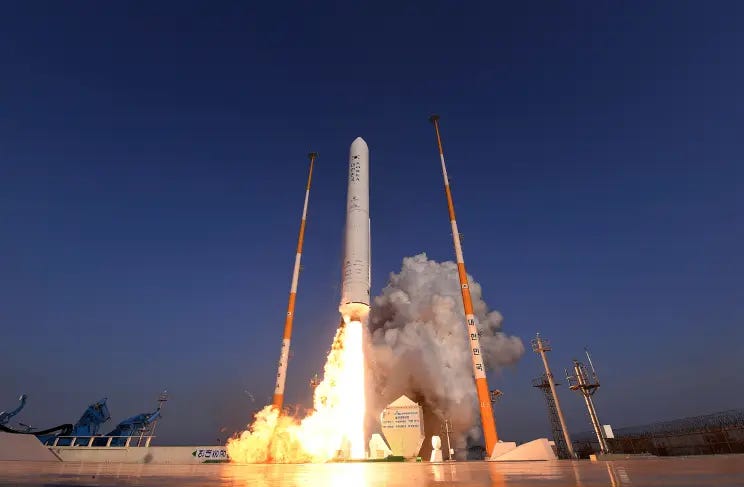
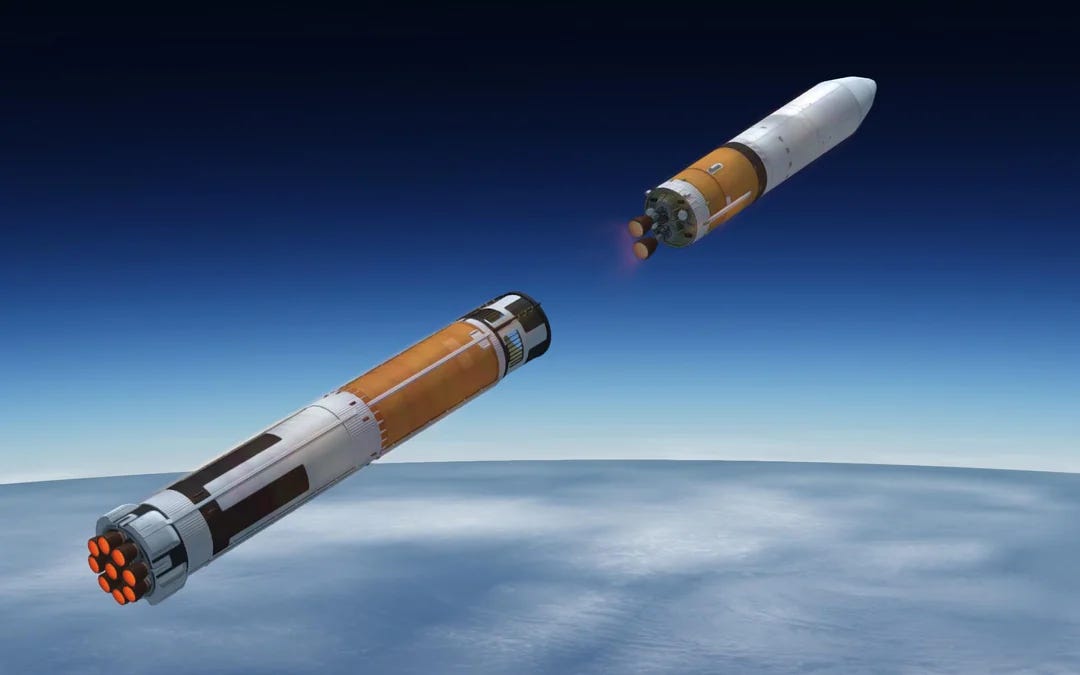
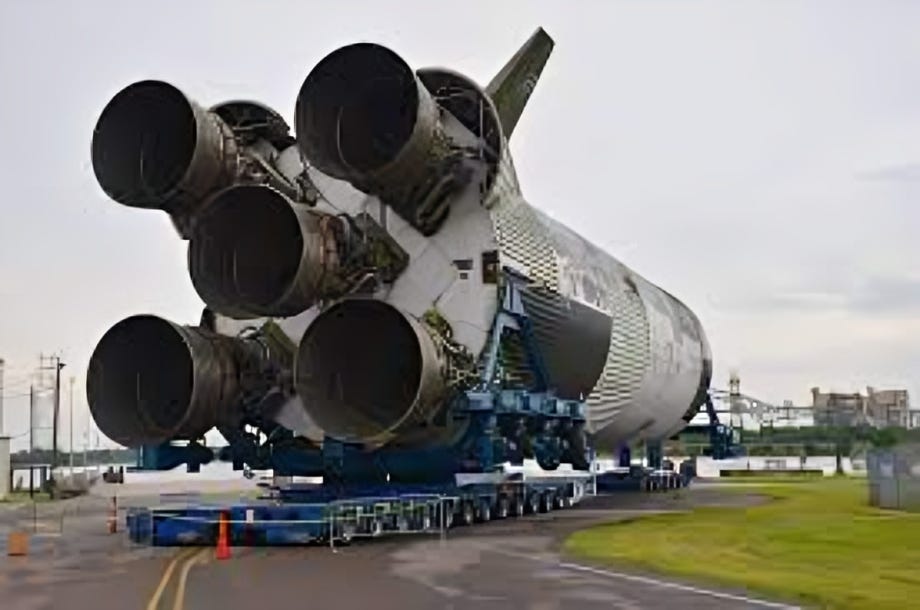
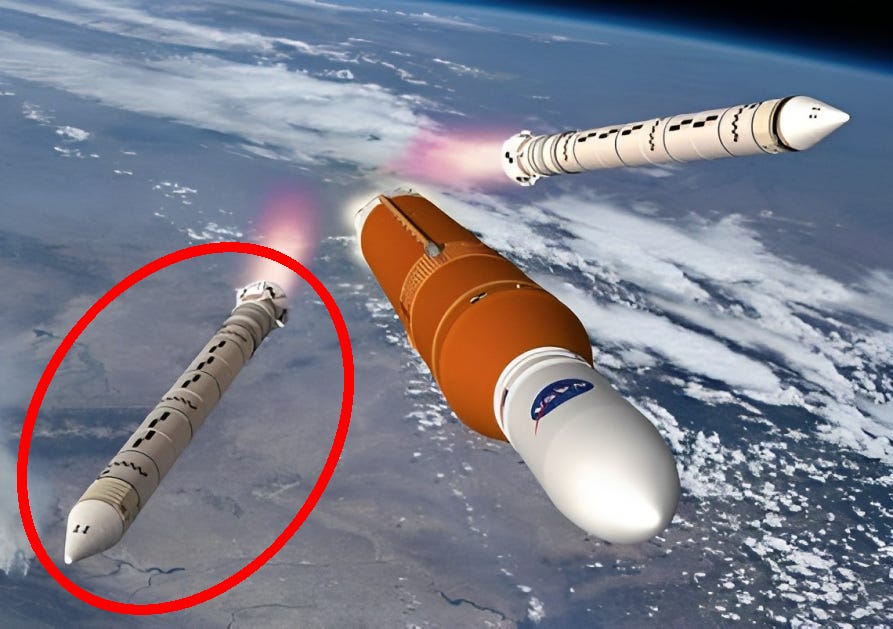
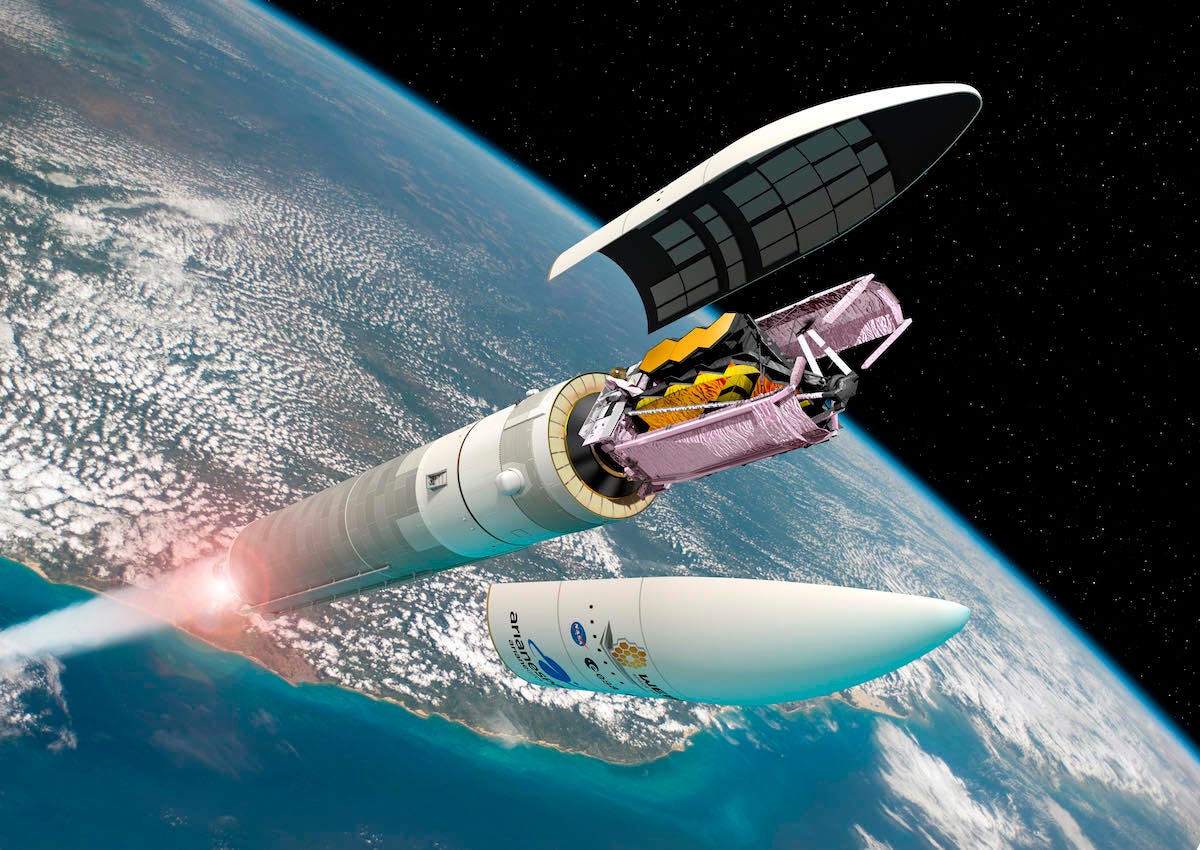

A very interesting topic, explained in the most simple language.